The article focuses on the analysis of plot structure elements in screenwriting, which includes key components such as exposition, rising action, climax, falling action, and resolution. It describes various plot structures like the three-act structure, the hero’s journey, and non-linear narratives, highlighting their roles in enhancing storytelling and audience engagement. The article emphasizes the importance […]

The Impact of Cinematic Framing: Techniques, Styles, and Emotional Effects
Cinematic framing is the process of composing shots in film and video, crucial for visual storytelling. This article explores various framing techniques, including wide shots, close-ups, medium shots, and over-the-shoulder shots, each serving distinct purposes in conveying meaning and evoking emotions. It discusses how these techniques influence audience perception and emotional engagement, highlighting that framing […]
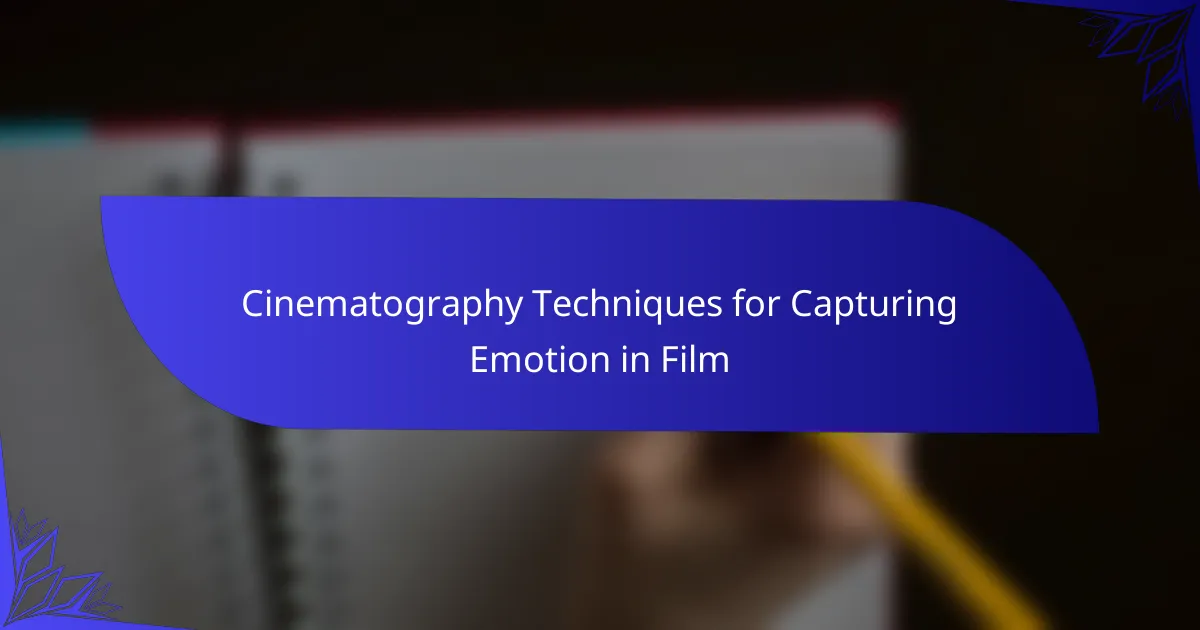
Cinematography Techniques for Capturing Emotion in Film
Cinematography techniques are essential for capturing emotion in film, utilizing elements such as close-ups, lighting, color palettes, and camera movement. Close-ups foster intimacy and reveal emotions, while lighting sets the mood, with low-key lighting creating tension and soft lighting evoking warmth. Color palettes influence emotional responses, where warm colors suggest happiness and cool colors indicate […]
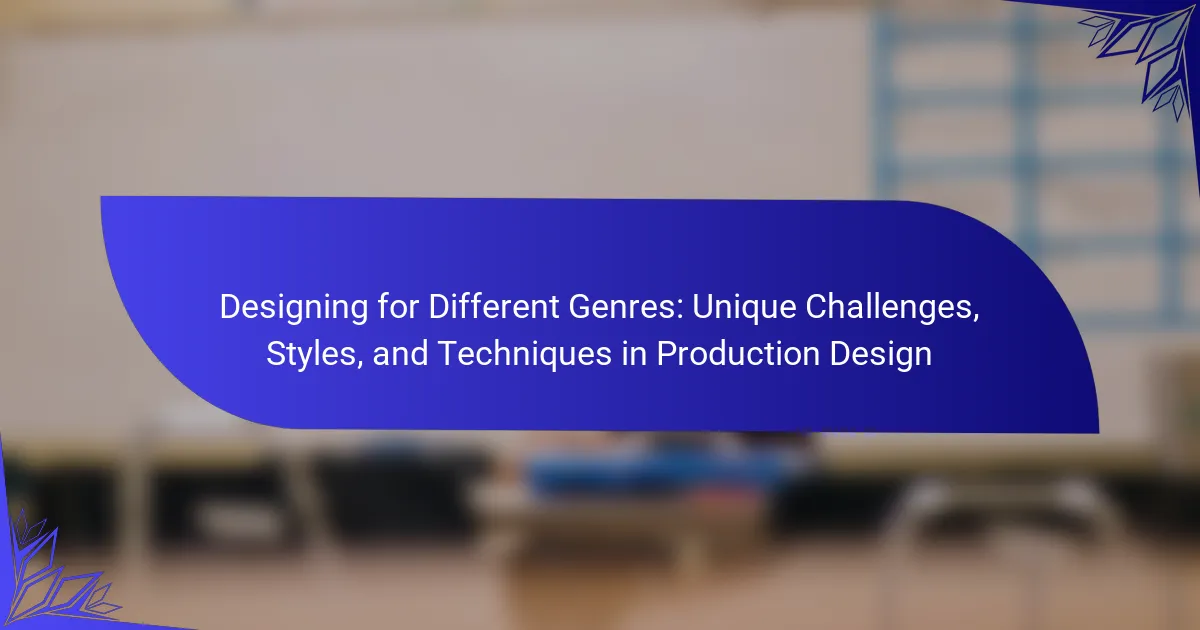
Designing for Different Genres: Unique Challenges, Styles, and Techniques in Production Design
Production design involves creating visual aesthetics and atmospheres tailored to different genres, each with unique audience expectations and thematic elements. The article explores the challenges faced by production designers in genres such as horror, comedy, and science fiction, emphasizing the importance of narrative context, collaboration with directors, and adherence to historical accuracy. It discusses techniques […]
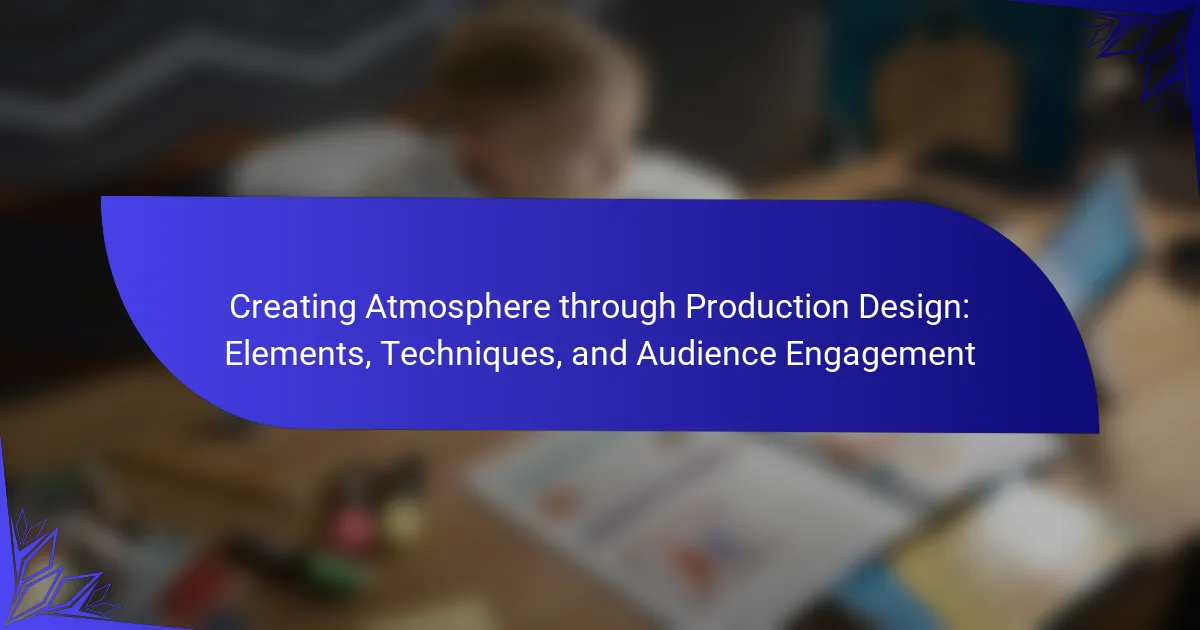
Creating Atmosphere through Production Design: Elements, Techniques, and Audience Engagement
Production design is the art and practice of creating and managing the visual environment in film, theater, and television. This article explores the critical role of production design in establishing atmosphere and enhancing storytelling through the strategic use of elements such as color palettes, lighting, set dressing, and spatial arrangement. It highlights how these techniques […]

Writing Effective Loglines: Essential Components and Examples
A logline is a concise summary of a film or television show that highlights the main conflict and the protagonist’s objective, typically in one or two sentences. This article explores the essential components of effective loglines, emphasizing the importance of clarity, character motivation, and stakes. Common pitfalls in logline writing, such as vagueness, excessive length, […]
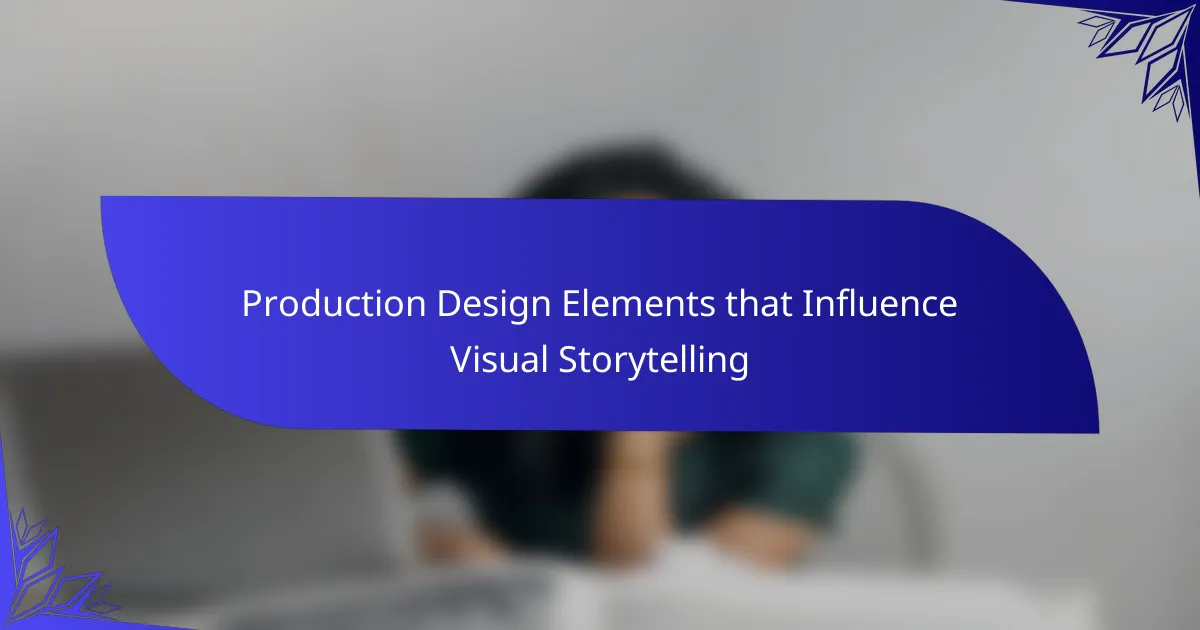
Production Design Elements that Influence Visual Storytelling
Production design elements, including set design, color palette, props, and lighting, play a crucial role in visual storytelling by shaping the narrative environment and influencing audience perception. Set design establishes the physical context, while the color palette conveys emotions and themes. Props enhance character development and plot progression, and lighting sets the visual tone, guiding […]

The Impact of Texture in Film Production Design: Materials, Techniques, and Emotional Responses
Texture in film production design is a critical element that shapes visual storytelling and enhances the sensory experience of a film. It influences audience emotions and perceptions by evoking specific feelings through various materials such as wood, fabric, metal, and foam. The article explores how texture contributes to the authenticity of the film’s environment, the […]
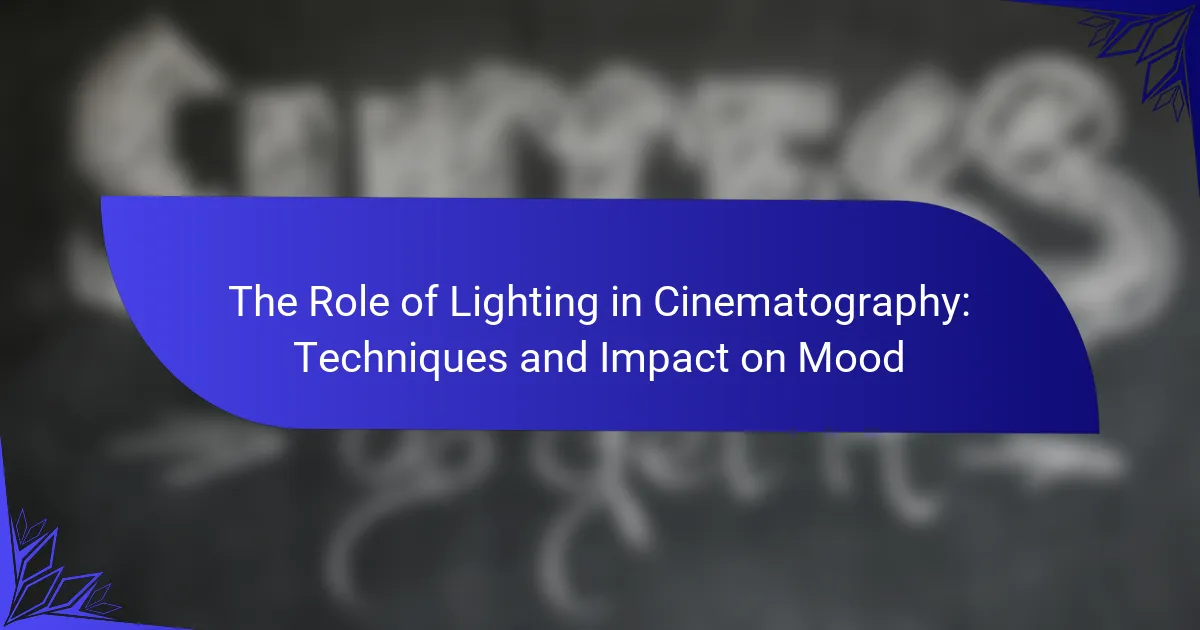
The Role of Lighting in Cinematography: Techniques and Impact on Mood
Lighting in cinematography is a critical component that establishes the visual tone and mood of scenes, enhancing storytelling by directing viewer attention to key elements. Various lighting techniques, such as high-key and low-key lighting, create distinct emotional effects and influence the perception of time and space. Effective lighting design not only engages audiences by evoking […]

Developing Strong Protagonists: Traits and Arcs in Screenwriting
Developing strong protagonists is essential in screenwriting, characterized by their relatability, complexity, and growth. Relatable protagonists connect with audiences through shared emotions, while complexity arises from their distinct motivations and flaws. Growth, or character transformation, is crucial as it enhances the narrative’s depth and engagement. This article examines the importance of character motivation in driving […]
